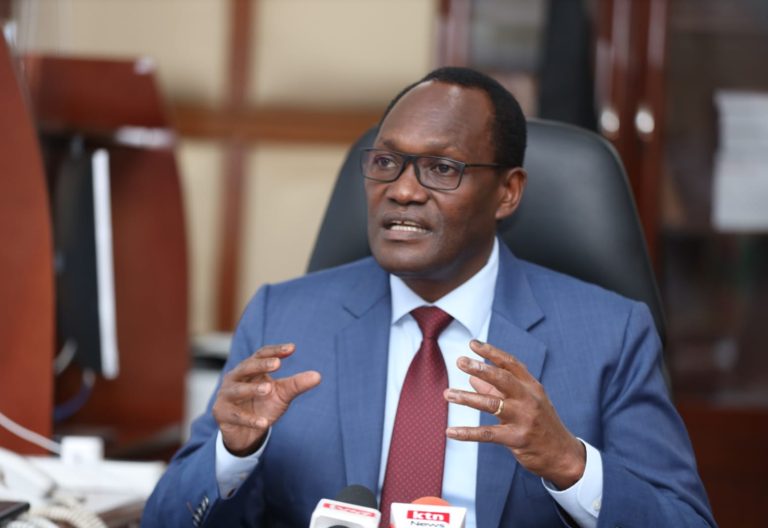State banks on Sh3 billion e-procurement system to boost openness in tenders

With the fiscal pressure gaining momentum, the government is now banking on the recently rolled out Electronic Government Procurement system (EGP) to help in minimising funds leakage during procurement processes.
Estimated to cost Sh3 billion, according to the National Treasury Principal Secretary, Chris Kiptoo, the system is set to streamline government payments with the ability of saving up to 15 per cent from the procurement. Speaking before the National Assembly Finance and National Planning Committee in Nairobi, Kiptoo noted that in the coming Sh4.3 trillion financial year 2025/26 budget, Sh2.5 billion has been set aside for procurement.
This means that the government will be able to save up to Sh630 million if the system is fully adopted. These funds can equally be channeled towards development such as in health.
“I’m telling you, and I think I have said this before, government procurement is usually expensive compared to the actual amounts. There was one time I got an air ticket via the government provisions, but when I took the same ticket for my family for the same services, the cost was almost half the price of the one charged to the government,” he said.
He noted that even if the acquisition of the system is quite costly, the government will be able to save even more as a result of the streamlined processes. “The difference is huge, twice, why? Government procurement is overpriced. So, if this can help us to reduce overpricing, then that’s a way to build the efficiency of the budget,” Kiptoo argued.
The system will be sheltering other government’s digital systems such as the Integrated financial Management Information System (IFMIS) which also has been faulted for having technological issues, despite heavy maintenance cost.
The system costs approximately Sh1.2 billion annually for the maintenance and the renewal of licenses.
“The maintenance cost for the licenses, irrespective of IFMIS, is Sh1.2 billion on an annual basis. The new one is not yet complete in terms of implementation as the focus right now is more of capacity building and then it will follow up also on infrastructural support Just like the commission agreed also,” he added.
Currently, 10 government entities have been onboarded into the system for the pilot face with all the remaining entities expected to be integrated by July this year.
The National Treasury-owned system typically is aimed at wiping out the instances of corruption and monitoring government expenditure in plans to bolster economic turnaround enhancing transparency on government activities.












